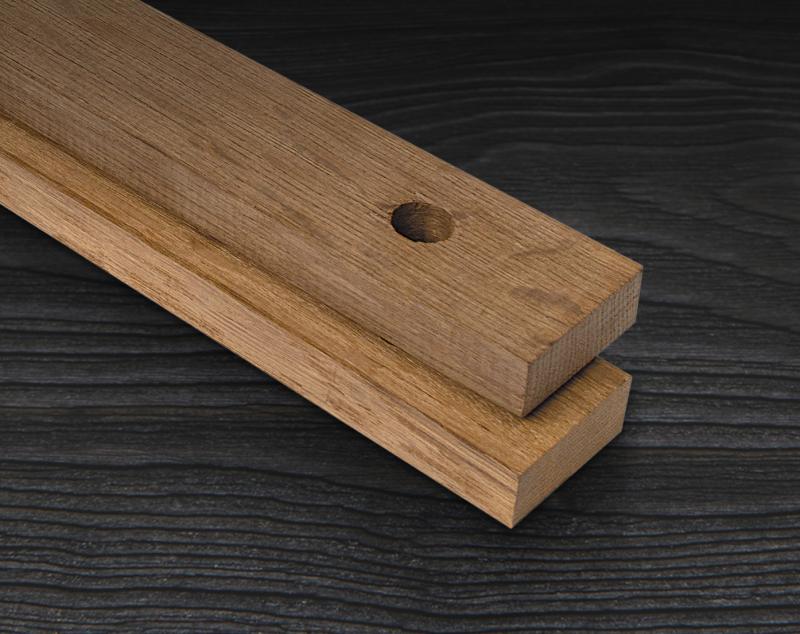News
News / 08/18/2019 / 2128
Wine migrations from the Balkans to the USA do not come as a surprise. The story about Zinfandel's beginnings on the American continent is well-known. The most important institution in the USA focused on grapevine research is UC Davis. It also founded a vine nursery where all new varieties of grapevine on the American soil are checked for viruses and further propagated and sold to commercial nurseries throughout the United States.
In 2010, the so-called "2010 Protocol" was launched, defining the criteria that grapevine must meet in order to be planted in their new foundation vineyard Russell Ranch.
Since then, growing number of grape varieties has been arriving at the Russell Ranch Collection, where continued work is done to prepare them for potential commercial use. The first specimens of Vranac arrived in the 1970s, thanks to prof. Lazar Avramov. Later on, a group of varieties from the Balkans (Montenegro, Macedonia, Dalmatia) arrived from Slovenia to UC Davis nursery and implementation of the 2010 Protocol began with an ambition to place those vines in the Russell Ranch foundation vineyard.
Good news is that the vines were granted the status of approved in 2018 so the first certified virus-free Vranac vines were planted in Russell Ranch foundation vineyard. They will be used to provide limited quantity of vines for commercial nurseries. We hope that in the years to come, more and more wineries from the USA will find an interest in planting Vranac. The pioneer in this venture is Opolo Winery located in Paso Robles, California. Rick Quinn, the owner of Opolo winery, has family roots in Herzegovina and Montenegro, so it doesn't come as a surprise that he feels the region of former Yugoslavia particularly close to his heart. In addition, to mark the celebration of the 800th anniversary of the Serbian Orthodox Church, Opolo Winery created a wine label Autocephaly that will be distributed throughout the United States.


This is a great piece of news for Vranac and it is in line with recent California trends where more and more wineries are experimenting with Mediterranean grape varieties to respond timely to global climate change. There are indications that in the coming decades, it will be increasingly difficult to cultivate premium quality Cabernet Sauvignon in some parts of California, so wineries have already started experimenting with adequate alternatives. Anyhow, knowing the family links between Kratošija / Zinfandel and Vranac, it won't be difficult to present qualities of Vranac to US winemakers.


Tomislav Ivanović
Awarded wine writer, wine critic and contributor to selected wine magazines. WSET3-certified author and editor-in-chief of www.vinopedia.rs. Member of Vojvodina Sommelier Association. Juror in national and international wine competitions. Lecturing about wines of Serbia and the Balkans. Local partner of Wine Mosaic organization. Co-founder of International Prokupac Day.

Pročitajte i druge članke iz ove rubrike:


GIUAANI - VINSKI TURIZAM NA GRUZIJSKI NAČIN
PROČITAJ VIŠE


SPASIMO STARE VINOGRADE SRBIJE
PROČITAJ VIŠE


NAŠLI SMO ANTIGONU IZ ORAHOVCA
PROČITAJ VIŠE


SRPSKO VINO KOŠTA 100 EUR - I ŠTA ĆEMO SAD?
PROČITAJ VIŠE


MOŽE LI VINO BEZ BURETA? IMA LI ALTERNATIVE?
PROČITAJ VIŠE
Winner MILLESIMA BLOG AWARD 2016

Pobednik MILLESIMA BLOG AWARD 2016
VINO & FINO wine personality of the year 2016

VINO & FINO vinska ličnost godine 2016